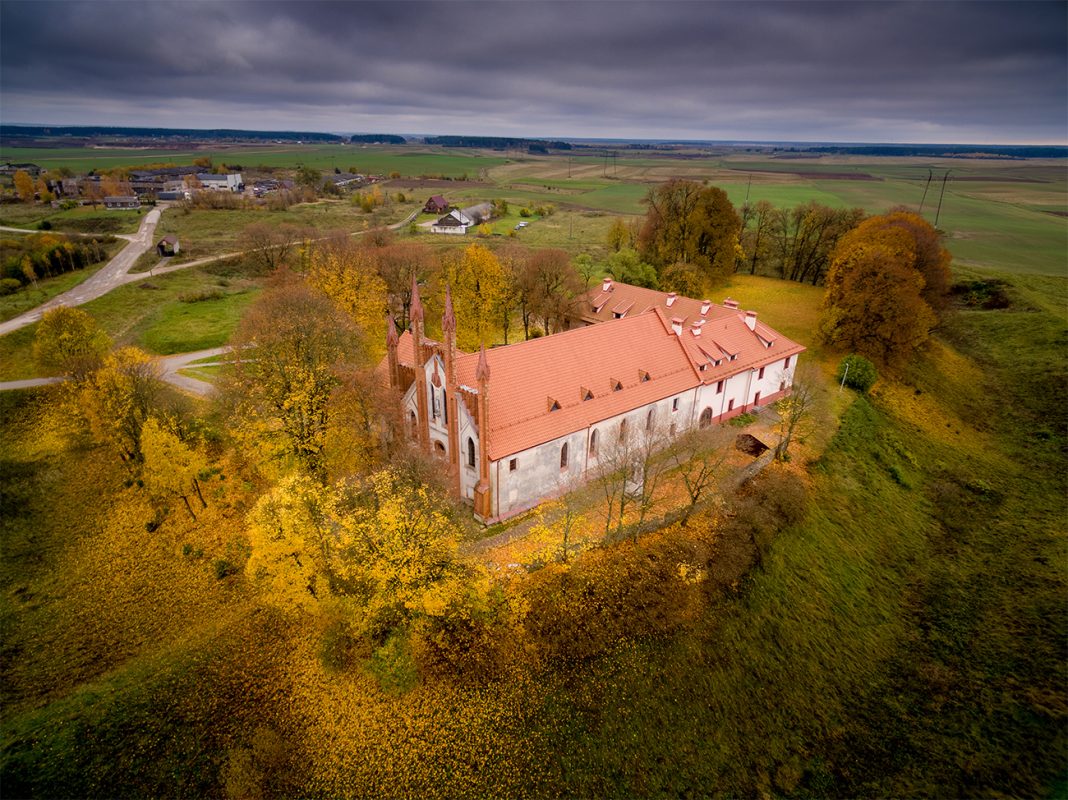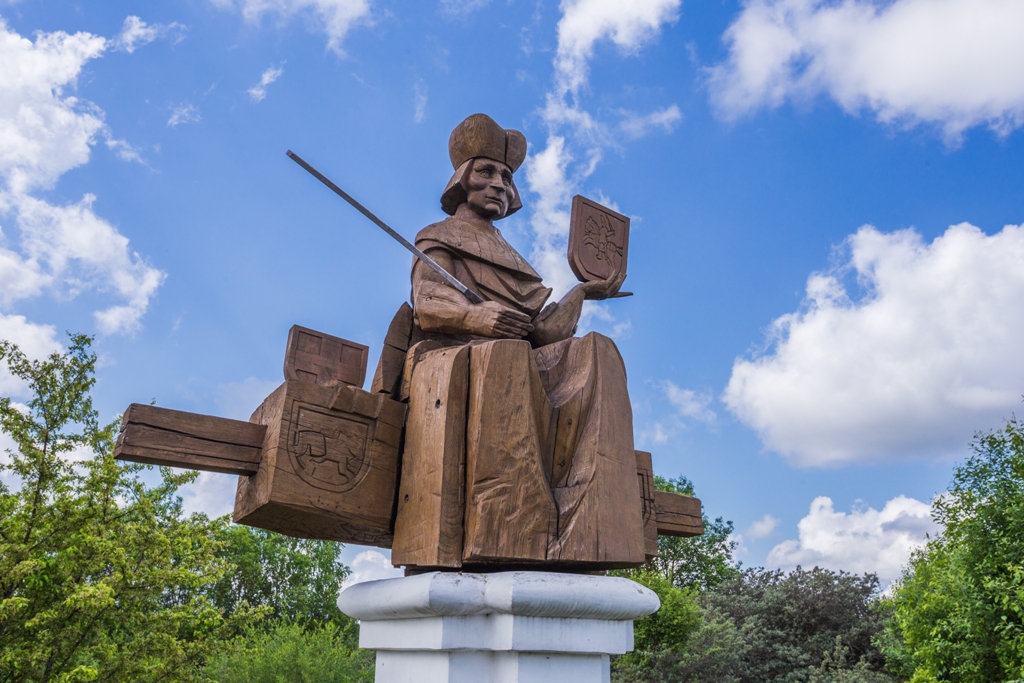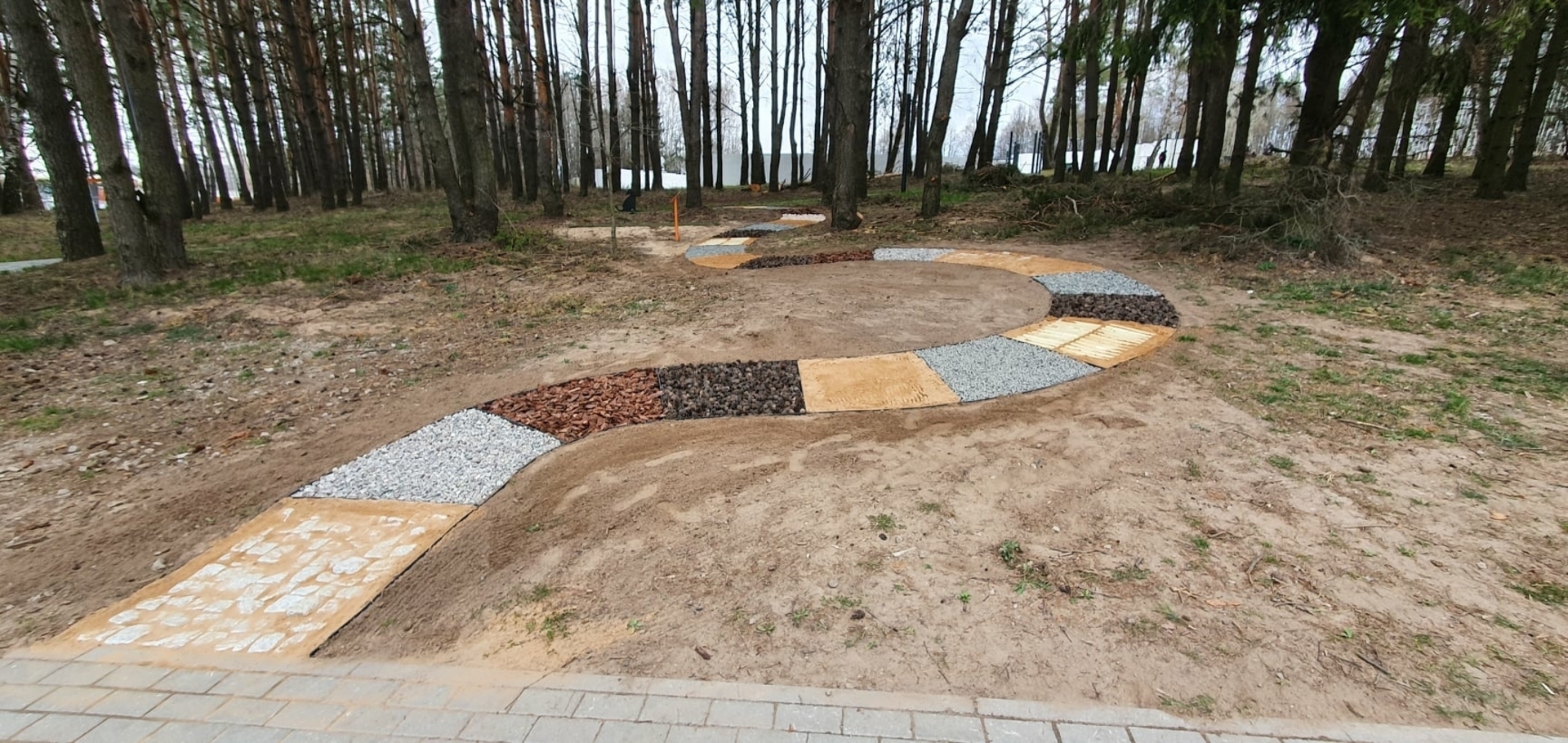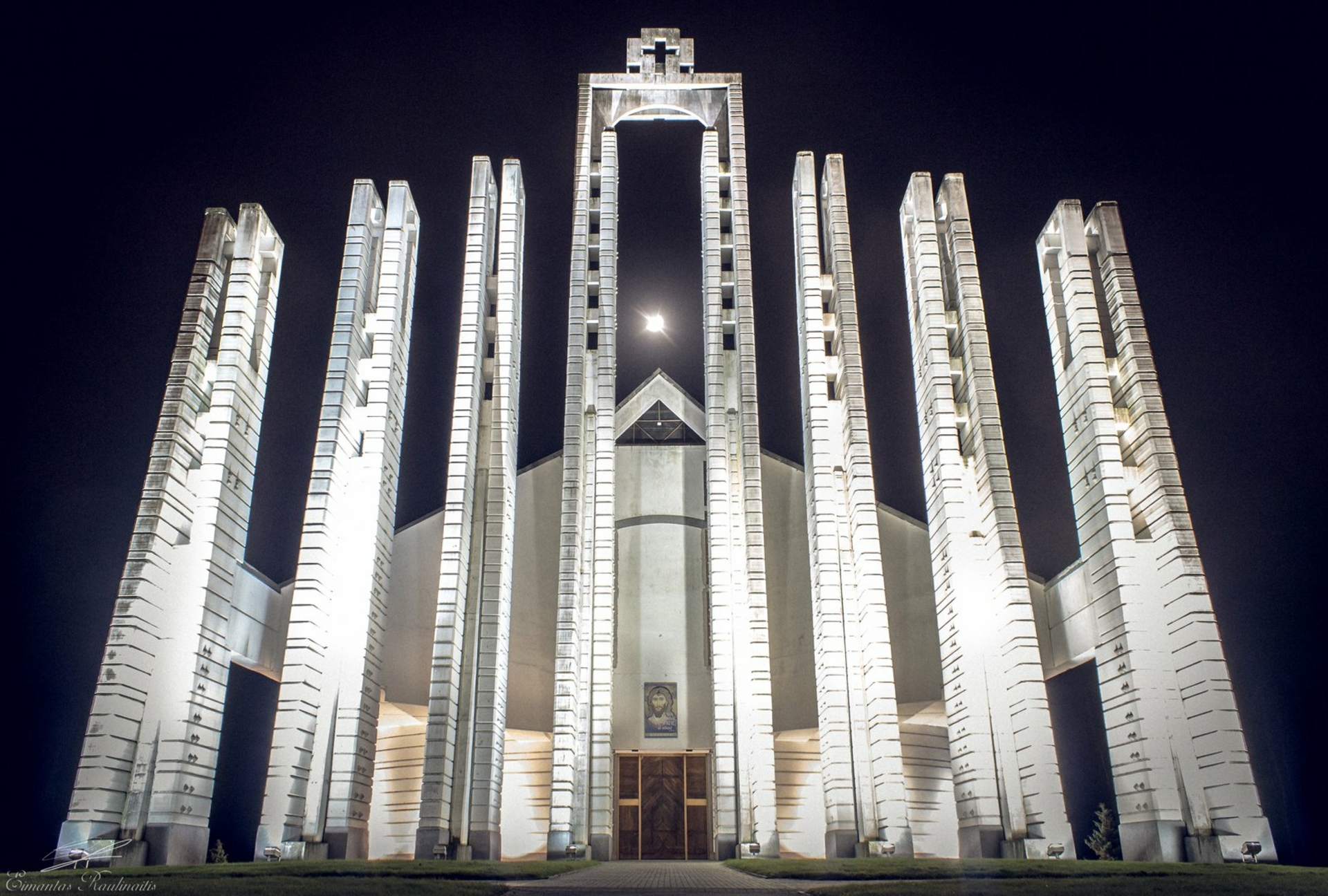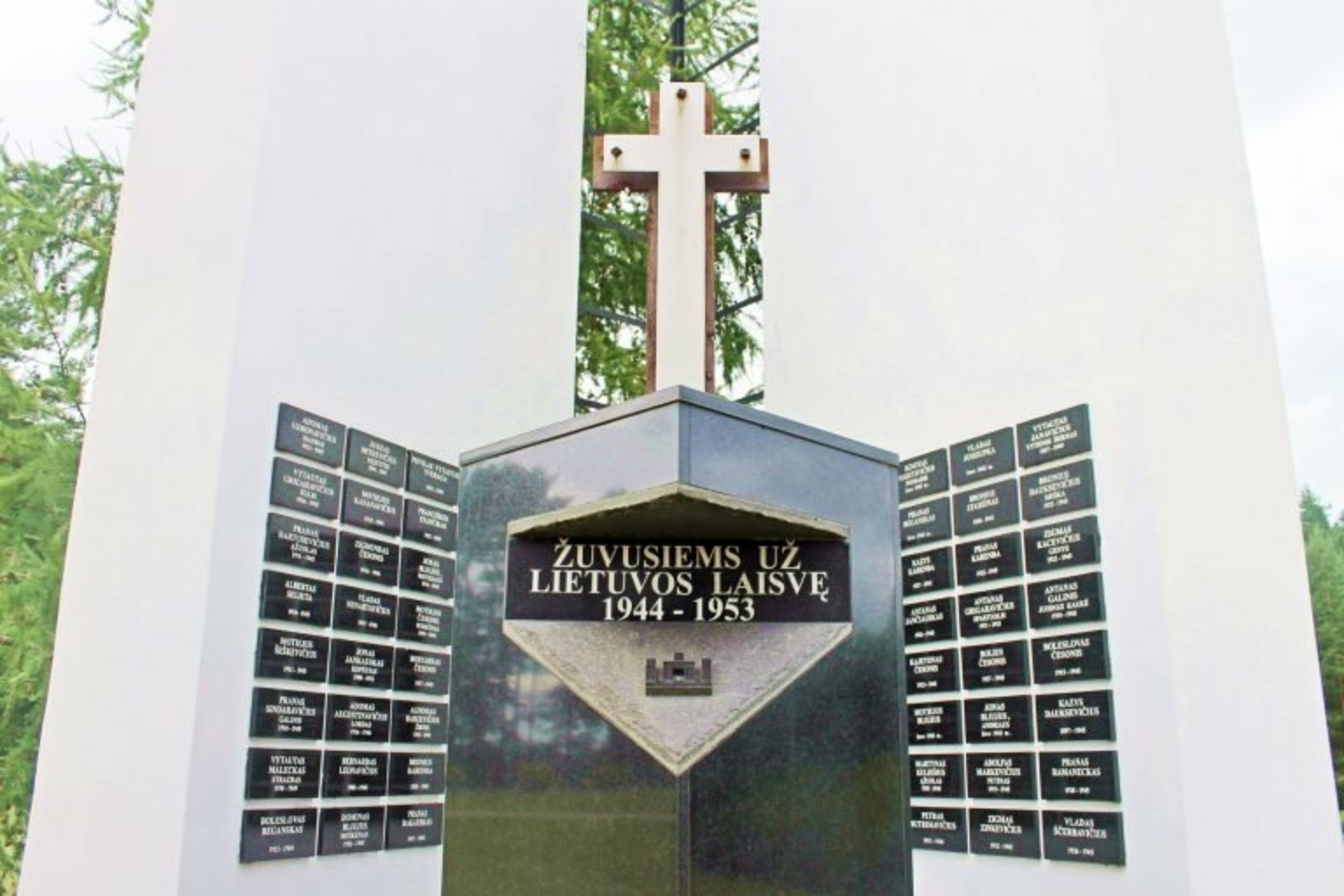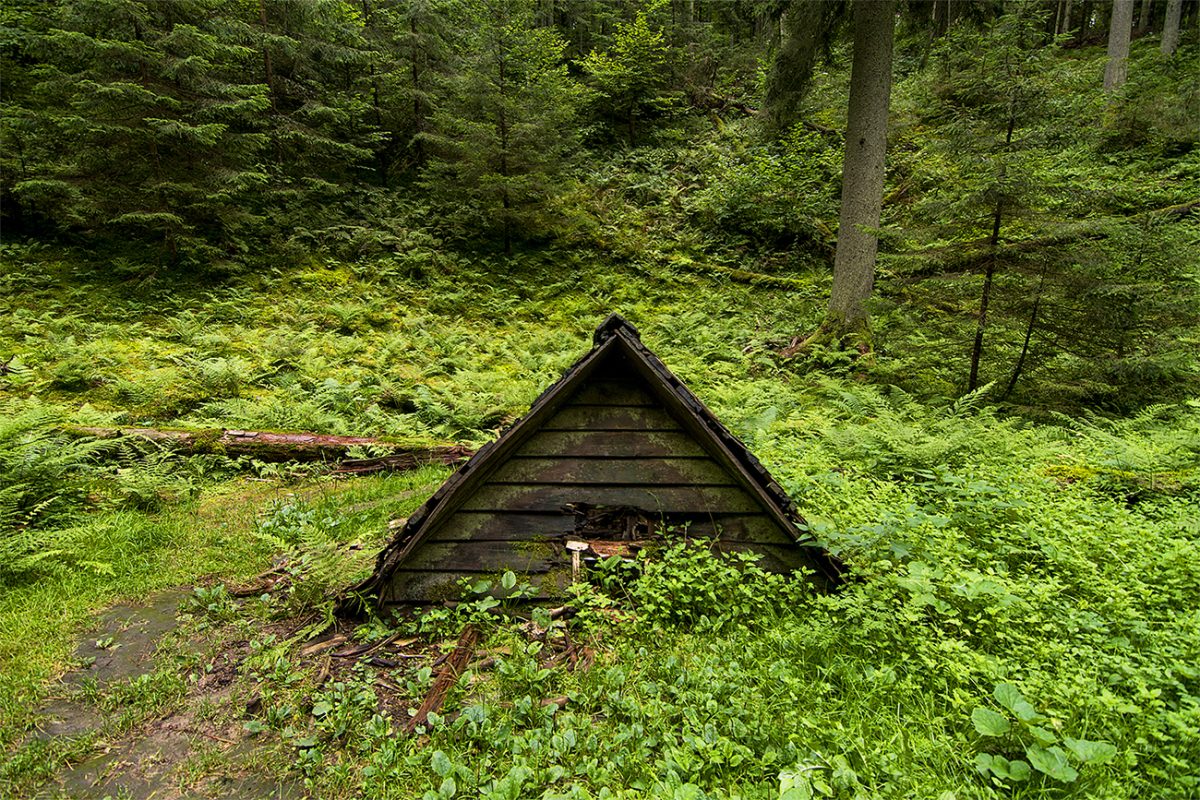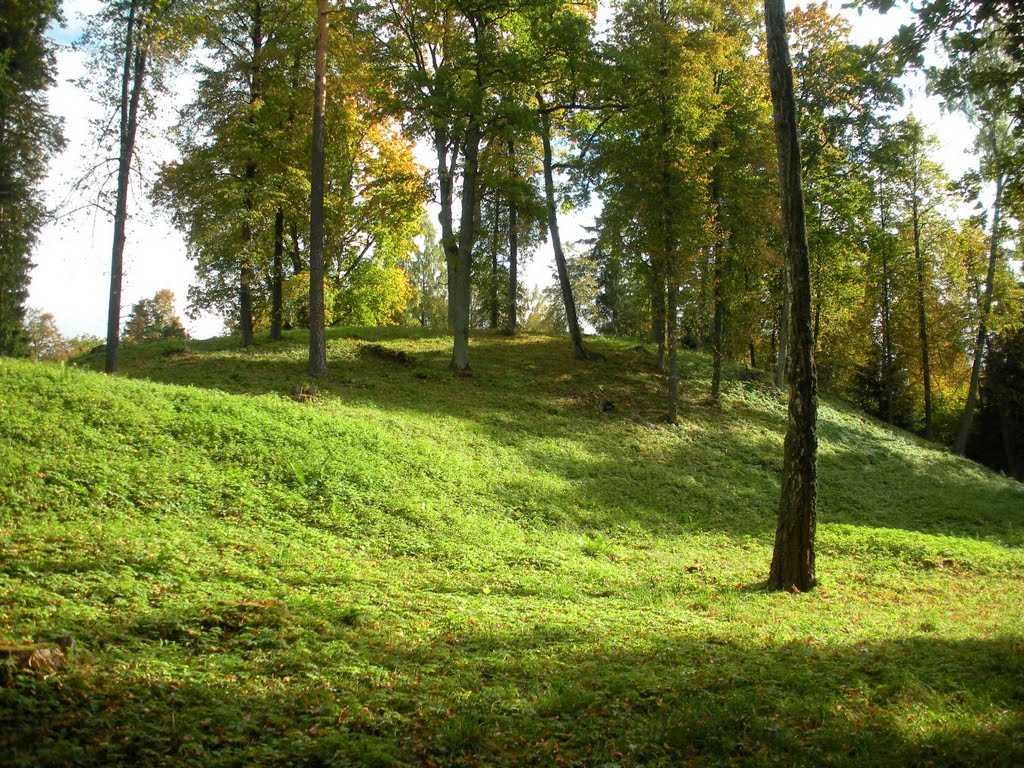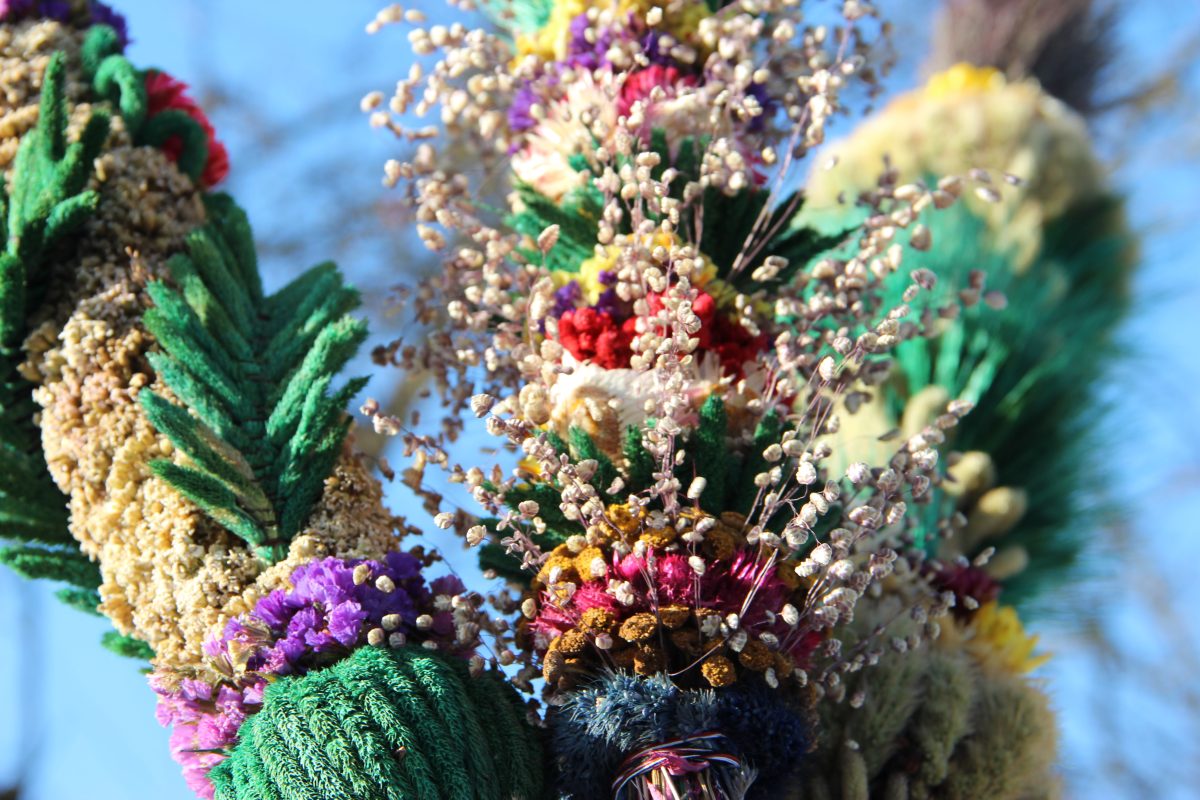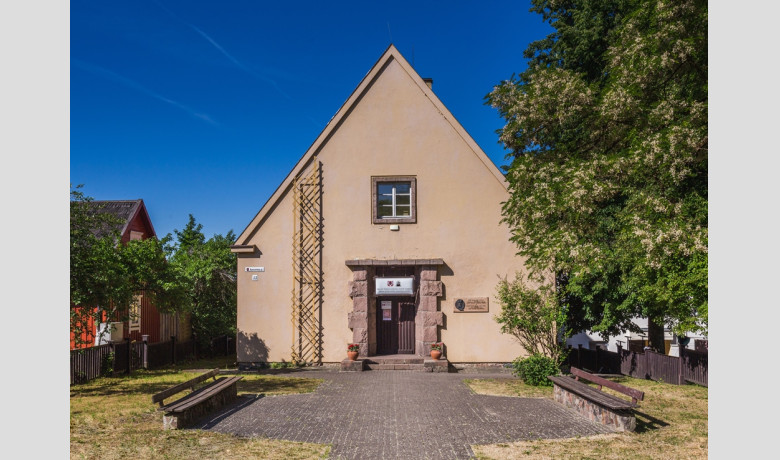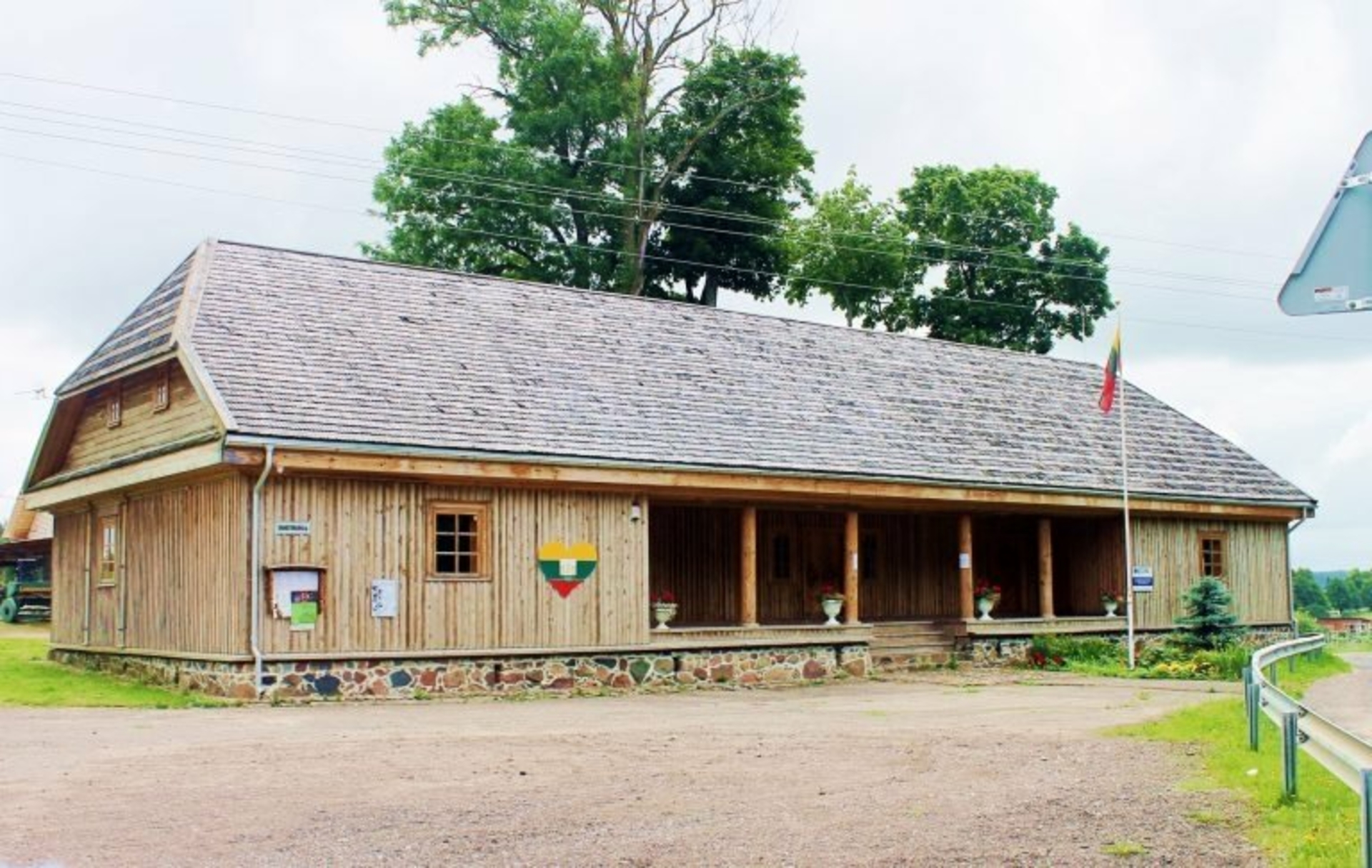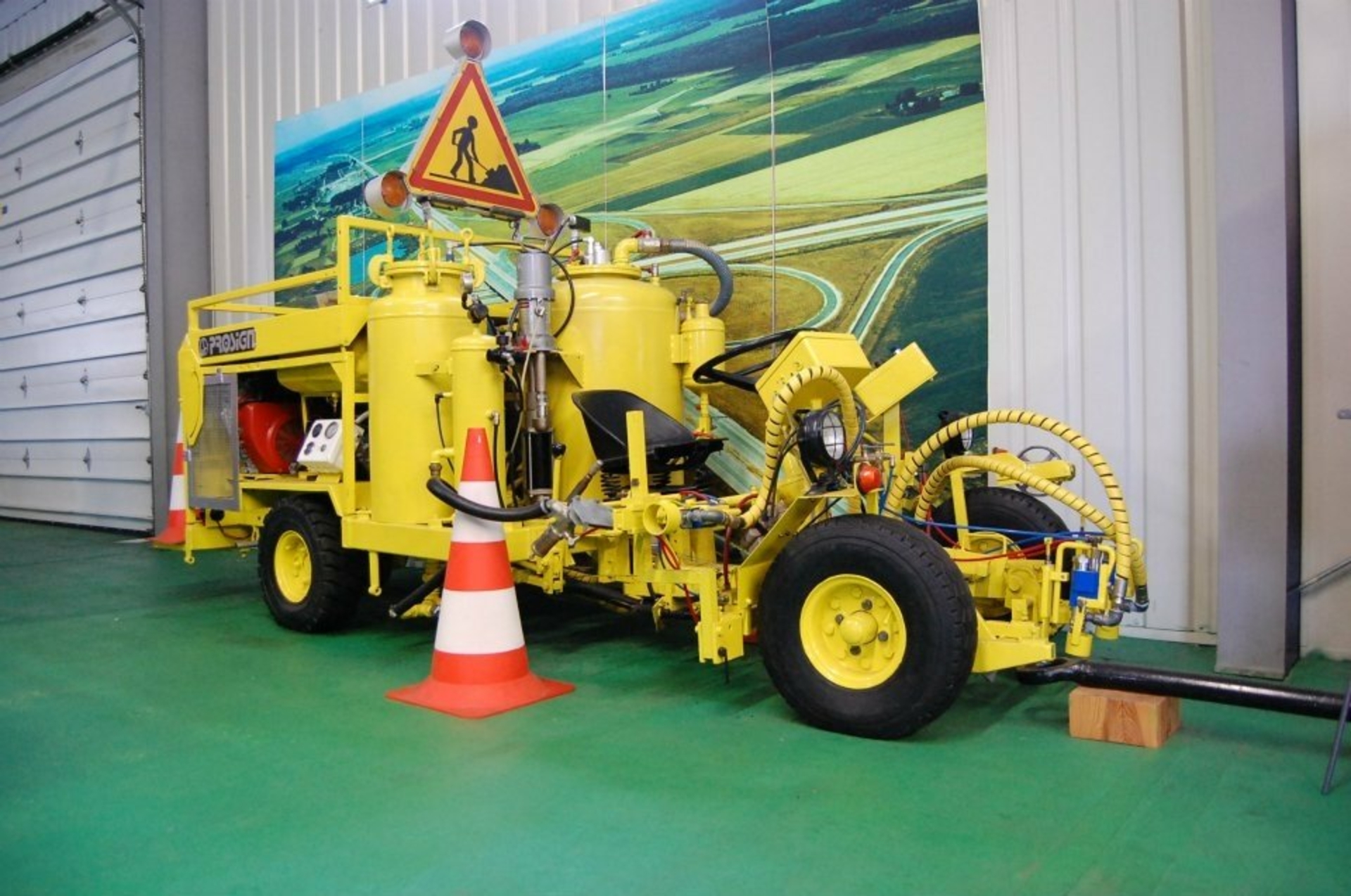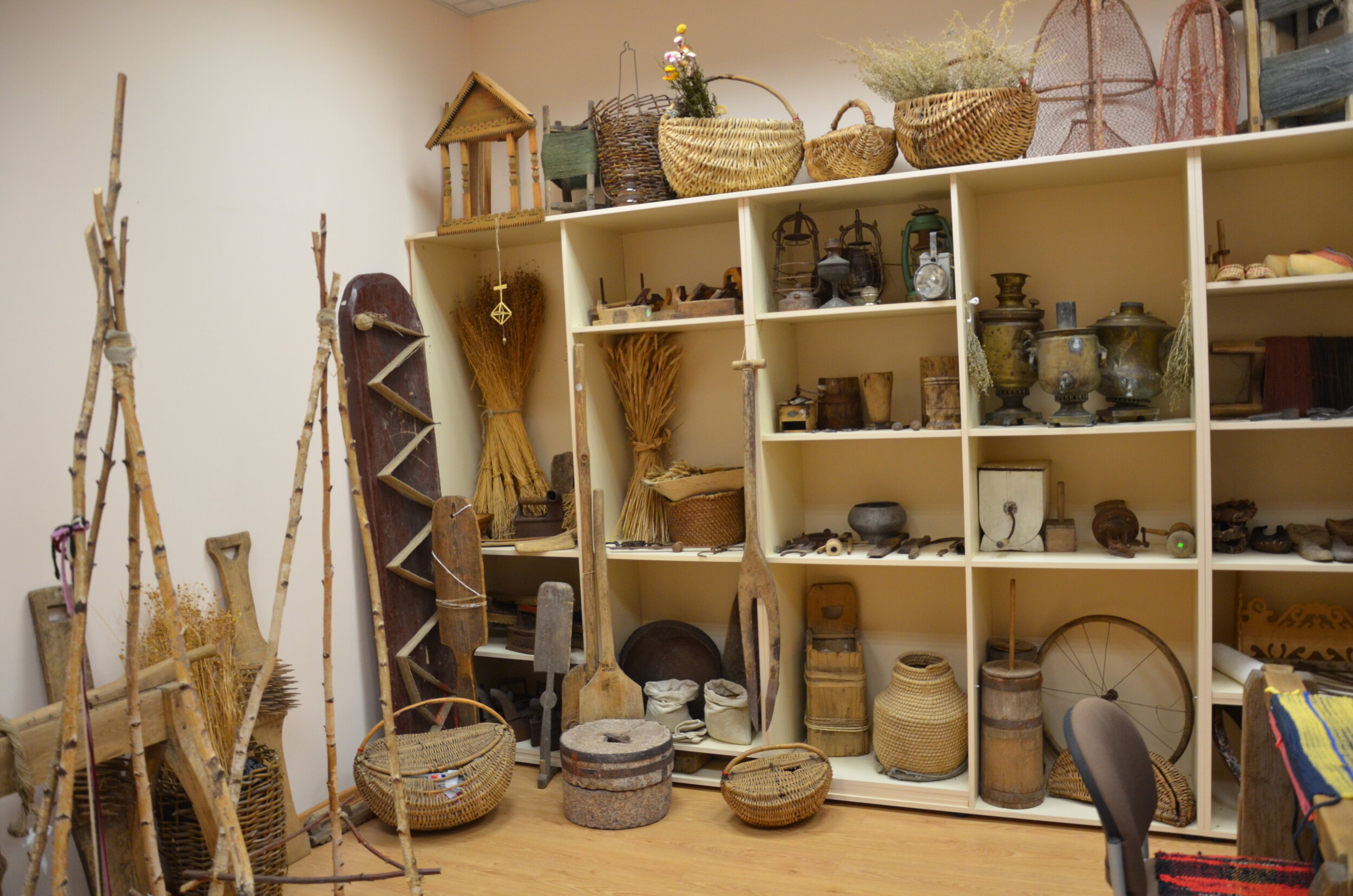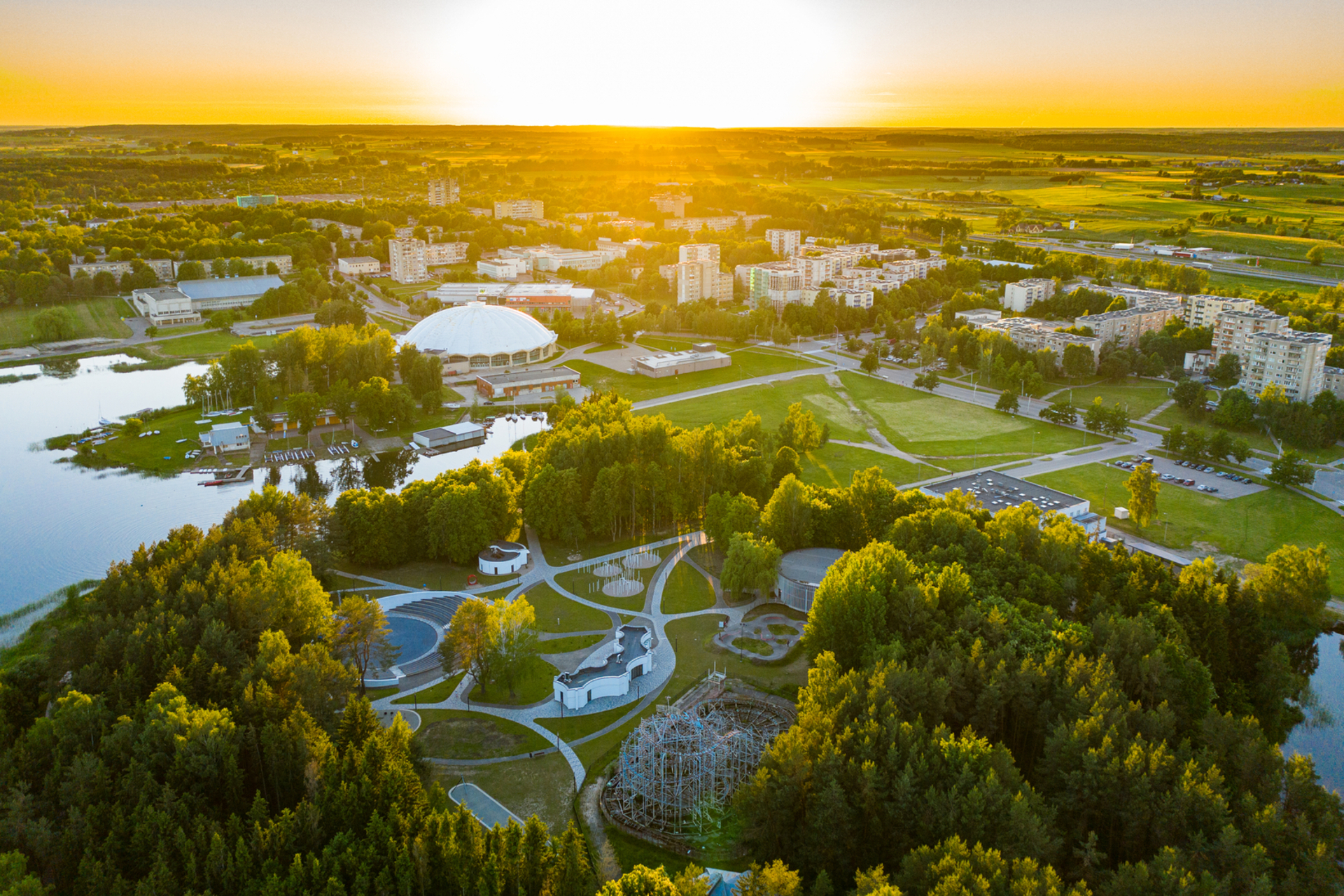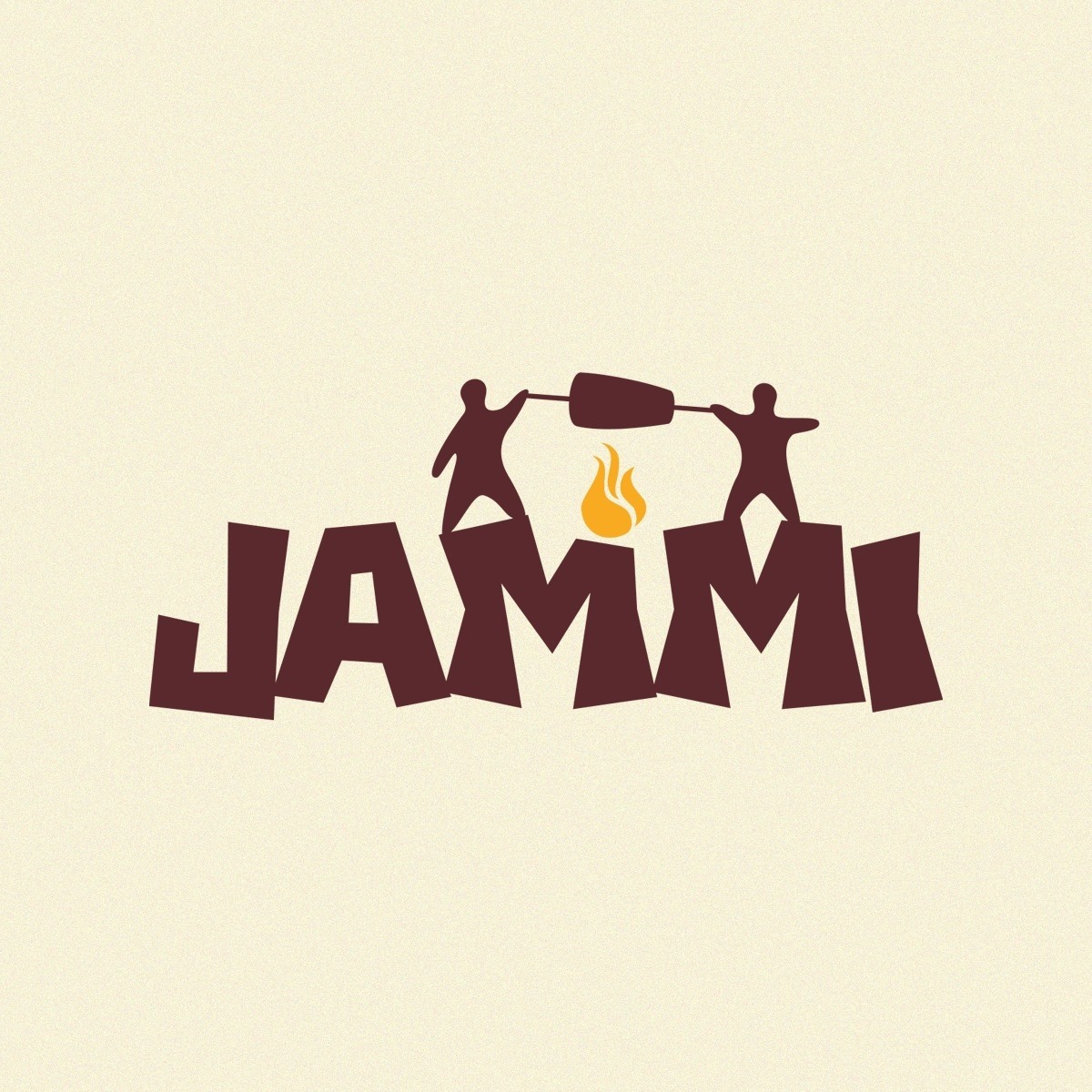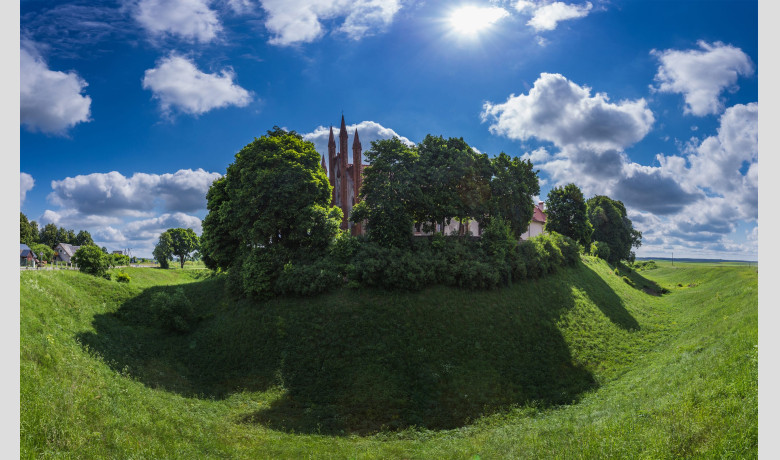Once, the Grand Duke of Lithuania Gediminas, living in the then-capital Kernavė, decided to go hunting in the forest on the other side of the Neris River. Surrounded by oak groves, he saw a beautiful hill rising above the plains. The Duke was enchanted by this wonderful place and decided to build a castle there. Thus, at the beginning of the 14th century, a castle was built, and a town quickly began to develop around it, today known as Old Trakai. Gediminas moved the capital of Lithuania here, though only for a short time.
It is known that the name "Trakai" comes from the word "trakas," meaning "a higher place in the forest." The ancient forest and woods have vanished, but the memory of the ancient landscape is rooted in the name of the area.
According to archaeologists, people have lived in this area since ancient times. Evidence has been found that a large settlement existed near a small lake, now a swamp, as early as the 1st millennium BC. Excavations have revealed interesting finds from different periods: animal bones, knives, keys, crossbow arrowheads, and more. Even manicure scissors were found, which may have belonged to Birutė, the wife of the legendary Grand Duke Kęstutis and mother of Vytautas the Great!
During the wars with the Teutonic Knights, the number of castles in the Grand Duchy of Lithuania increased. Old Trakai Castle, one of the oldest masonry castles in Lithuania, was built in a strategically very convenient location. The castle site on a small hill was surrounded by a deep, water-filled moat. An interesting fact, as recorded in 16th-century written sources, is that the castle was accessed only by boats. Even much later (19th century) castle site plans show a drawbridge.
Old Trakai Castle is the birthplace of Vytautas the Great. According to chronicles, around 1350, the future Grand Duke Vytautas, one of the most notable figures in Lithuanian history, was born in the family of Duke Kęstutis of Trakai and the priestess Birutė. During the reign of the glorified Grand Duke
Vytautas, the Lithuanian state expanded from the Baltic to the Black Sea!
After moving to New Trakai, the ruler entrusted the care of his native Old Trakai Castle to Benedictine monks, thus establishing one of the first monasteries in Lithuania.
Old Trakai Castle Site
The Old Trakai Castle site, located on a low hill, is declared a cultural monument of national significance. The castle, mentioned in written sources since the 14th century, like the Peninsula Castle, is classified as an enclosure (or gardine) type castle. It was surrounded by a 35-40 meter wide, up to 8 meter deep, water-filled moat, protected by a 10 meter high defensive wall built of fieldstone.
From 1316, Old Trakai served as the capital of the Grand Duchy of Lithuania for seven years. After moving the capital to Vilnius following the prophetic dream of Grand Duke Gediminas about the iron wolf, this site remained the capital of the then-Trakai Duchy and the Žemaitija Eldership. The castle was home to the sub-monarchs of Lithuania, ensuring the protection and defense of the western borders of Lithuania.
During the wars with the Teutonic Knights, Old Trakai Castle was repeatedly attacked and destroyed. The fateful attack occurred in 1391 when the castle was heavily damaged and never rebuilt. The defensive significance of Old Trakai diminished.
Around 1410, Vytautas the Great settled Benedictine monks invited from Tyniec (near Krakow) in his native castle. The ruler built a wooden church, allocated a tithe of the manor land, and two lakes to the monks. The monastery existed until the mid-19th century when it was closed by the Russian Empire's administration.
Today, an ensemble of a monastery and a neo-Gothic church, rebuilt at the turn of the 18th–19th centuries, stands at the old castle site. The slopes of the castle mound are adorned with centuries-old linden trees from the monastery garden. Near the former castle site lies the street village of Old Trakai, which has been granted architectural reserve status.





 Entertainment
Entertainment
 Food establishments
Food establishments





























 54.605036, 24.984558
54.605036, 24.984558
 Get directions
Get directions








